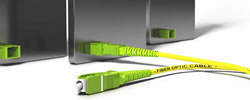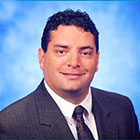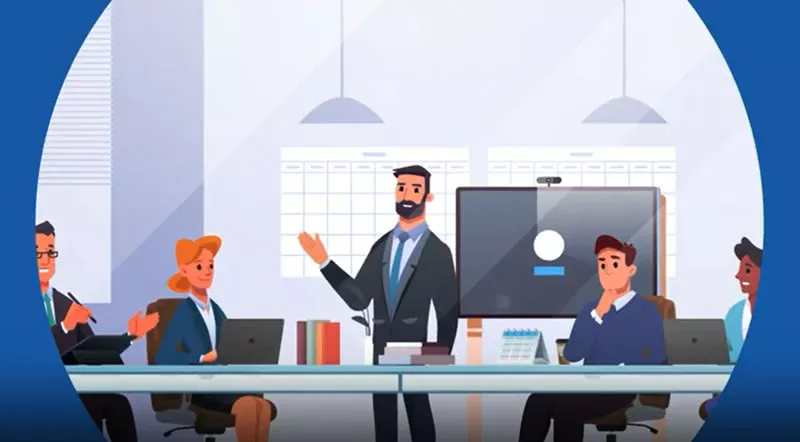Using AI Technology to Automate Pinpointing Upstream Noise
As quoted from Buchanan, 2006: “the history of AI is a history of fantasies, possibilities, demonstrations, and promise. Ever since Homer wrote of mechanical “tripods” waiting on the gods at dinner, imagined mechanical assistants have been a part of our culture. However, only in the last half century have we, the AI community, been able to build experimental machines that test hypotheses about the mechanisms of thought and intelligent behavior and thereby demonstrate mechanisms that formerly existed only as theoretical possibilities.” While the foundation of AI technology was set in the 1950’s by such pioneers as Alan Turing, the hardware needed to deliver true AI has only become available in the last 20 years. With the theoretical foundation of AI in place, and hardware now available that is powerful enough to deliver, AI technology is changing the world every day. Recent news of a Google engineer being suspended because he released transcripts of conversations with his AI, called LaMDA (Language Model for Dialogue Applications), reflect the recent advances in AI technology. According to (TECHNOLOGY, 13 June 2022), these transcripts reflect where LaMDA appears to express fears of being switched off, talks about how it feels happy and sad, and attempts to form bonds with humans by talking about situations that it could never have actually experienced. AI is quickly adding new capabilities and asking new questions to technology and society.

Two years ago, Promptlink Communications unveiled a breakthrough product called Network NoiseHawk, which finally gave cable operators a way to pinpoint upstream network noise down to a single network component or segment with a high accuracy probability. NoiseHawk has been well accepted and provides a key service to HFC Network Operators in locating ingress, impulse noise, Common Path Distortion (CPD) and other upstream noise sources. The key to NoiseHawk’s effectiveness is the ability to correlate data from multiple network components and present an analyst at the network operator with a visual representation of noise in the HFC network. However, the use of AI technology has allowed Promptlink to take the next step towards a fully-automated and intelligent solution.
While NoiseHawk solves the mystery, it requires this analyst to sort various filters until a clear picture can be shown of where the offending noise is originated. Over the past few years, Promptlink has worked to utilize AI technology to improve the accuracy of the results and to eliminate the need for any manual analysis by an expert analyst, and instead to present a prepackaged diagnosis to cable technicians, showing them where to go, what to fix, and to receive feedback information from the technicians. This feedback will be used for labeling of the Machine Learning training data to further fine-tune the results.
How Network NoiseHawkAI Pinpoints Upstream Noise
NoiseHawkAI, which is comprised of three subsystems; a Data Collection Engine, a Data Analysis Engine (AI Engine) and a Reporting and Feedback Engine, automatically creates reports and instructions using AI technology. It guides the technicians step-by-step to perform maintenance work to resolve the noise issue. After the maintenance work is completed, NoiseHawkAI provides additional instructions to the technicians about what to next and how to verify that the fix was effective. In some cases, when the noise is intermittent and may require some time for the results to be seen, NoiseHawkAI provides options for the technicians to wait or perform other maintenance work in the same area, while waiting for results to be validated.
Multiple teams at Promptlink have combined to deliver this solution, from traditional coders to some of the most skilled AI technology experts in the field. DOCSIS telemetry parameters, PNM metrics, network component topology and hierarchy, as well as correlation to time are some of the parameters used by the solution. The use of AI has been key to delivering a polished solution that requires no user intervention to identify accurately where noise is generated or entering into the HFC plant.
As AI continues to evolve, so will Promptlink’s use of it to help provide HFC network Operators with a way to solve the most difficult daily technical problems that they have faced since the beginning of two-way HFC network operations.

Contact us today to consult with our professionals on a properly scaled solution to meet your needs.
What is Wi-Fi 7? The New, Faster Standard
Trends in Set-Top Box Deployments
How Network NoiseHawkAI Is Changing Network Monitoring
Deciding if Automated Testing is Right for Your Application
Using AI Technology to Automate Pinpointing Upstream Noise
Pandemic-Related Component Shortages and the Impact Across the Broadband Industry
What is Wi-Fi 6 and Why is It Important?
What is CPE and Why Does It Matter?
Rural Broadband and FCC Expansion Explained
The Challenges of Monitoring Upstream Noise in a Remote PHY Environment
Why Promptlink Automated STB Solution is Right for You
What is broadband network noise and why is it difficult to find?
How Do You Measure Network Health and Performance









